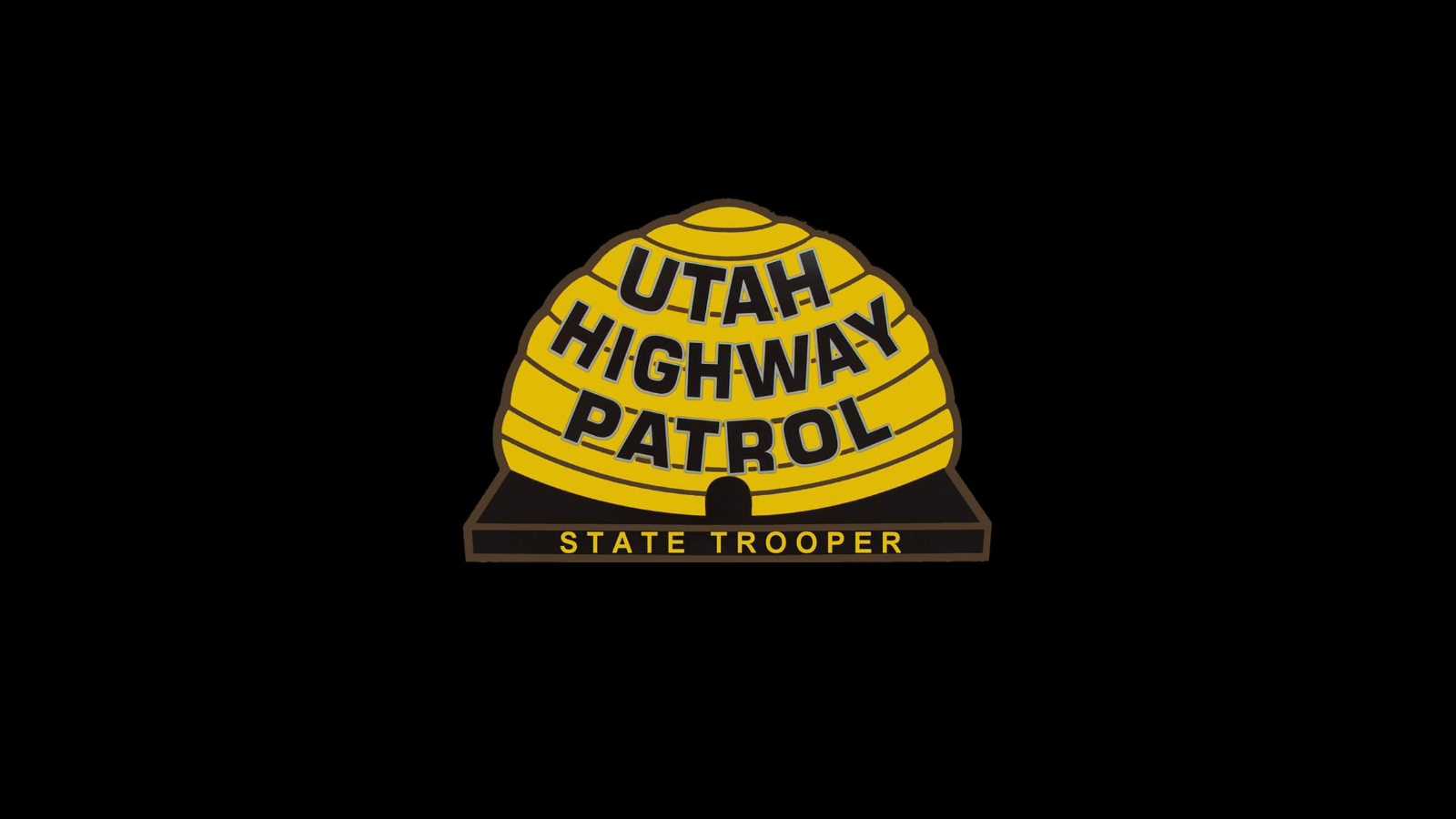Cyber Security
Protecting Utah
Cybersecurity Awareness Month 2021 Protecting Your Digital Home

PROTECTING YOUR DIGITAL HOME
More of our home devices—including thermostats, door locks, coffee machines, and smoke alarms—are now connected to the Internet. This enables us to control devices on our smartphones which can save us time and money while providing convenience and even safety. These advances in technology are innovative and intriguing, however they also pose a new set of security risks. #BeCyberSmart to connect with confidence and protect your digital home.
SIMPLE TIPS
• Secure your Wi-Fi Network. Your home’s wireless router is the primary entrance for cybercriminals to access all your connected devices. Secure Wi-Fi and digital devices by changing the default password and username. For more information about protecting your home network, check CISA’s Securing Wireless Networks page.
• Double you login protection. Enable multi-factor authentication (MFA) to ensure that the only person who has access to your account is you. Use it for email, banking, social media, and any other service that requires logging in. If MFA is an option, enable it by using a trusted mobile device such as your smartphone, an authenticator app, or a secure token—a small physical device that can hook onto your key ring. Read the Multi-Factor Authentication (MFA) How-to-Guide for more information.
• If you connect, you must protect. Whether it’s your computer, smartphone, game device, or other network devices, the best defense is to stay on top of things by updating to the latest security software, web browser, and operating systems. If you have the option to enable automatic updates to defend against the latest risks, turn it on. And, if you’re putting something into your device, such as a USB for an external hard drive, make sure your device’s security software scans for viruses and malware. Finally, protect your devices with antivirus software and be sure to periodically back up any data that cannot be recreated such as photos or personal documents.

• Keep tabs on your apps. Most connected appliances, toys, and devices are supported by a mobile application. Your mobile device could be filled with suspicious apps running in the background or using default permissions you never realized you approved—gathering your personal information without your knowledge while also putting your identity and privacy at risk. Check your app permissions and use the “rule of least privilege” to delete what you don’t need or no longer use. Learn to just say “no” to privilege requests that don’t make sense. Only download apps from trusted vendors and sources.
• Never click and tell. Limit what information you post on social media—from personal addresses to where you like to grab coffee. What many people don’t realize is that these seemingly random details are all that criminals need to know to target you, your loved ones, and your physical belongings—online and in the real world. Keep Social Security numbers, account numbers, and passwords private, as well as specific information about yourself, such as your full name, address, birthday, and even vacation plans. Disable location services that allow anyone to see where you are— and where you aren’t —at any given time. Read the Social Media Cybersecurity Tip Sheet for more information.
- Use file sharing with caution. File sharing between devices should be disabled when not needed. You should always choose to only allow file sharing over home or work networks, never on public networks. You may want to consider creating a dedicated directory for file sharing and restrict access to all other directories. In addition, you should password protect anything you share.
• Check your internet provider’s or router manufacturer’s wireless security options. Your internet service provider and router manufacturer may provide information or resources to assist in securing your wireless network. Check the customer support area of their websites for specific suggestions or instructions.
• Connect using a Virtual Private Network (VPN). Many companies and organizations have a VPN. VPNs allow employees to connect securely to their network when away from the office. VPNs encrypt connections at the sending and receiving ends and keep out traffic that is not properly encrypted. If a VPN is available to you, make sure you log onto it any time you need to use a public wireless access point.
• Restrict access. Only allow authorized users to access your network. Each piece of hardware connected to a network has a media access control (MAC) address. You can restrict access to your network by filtering these MAC addresses. Consult your user documentation for specific information about enabling these features. You can also utilize the “guest” account, which is a widely used feature on many wireless routers. This feature allows you to grant wireless access to guests on a separate wireless channel with a separate password, while maintaining the privacy of your primary credentials.
CONTACT THE CISA CYBERSECURITY AWARENESS MONTH TEAM
Thank you for your continued support and commitment to Cybersecurity Awareness Month and helping all Americans stay safe and secure online. Please email our team at CyberAwareness@cisa.dhs.gov or visit www.cisa.gov/cybersecurity-awareness-month or staysafeonline.org/cybersecurity-awareness-month/ to learn more.






SHARE THIS STORY